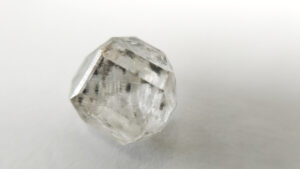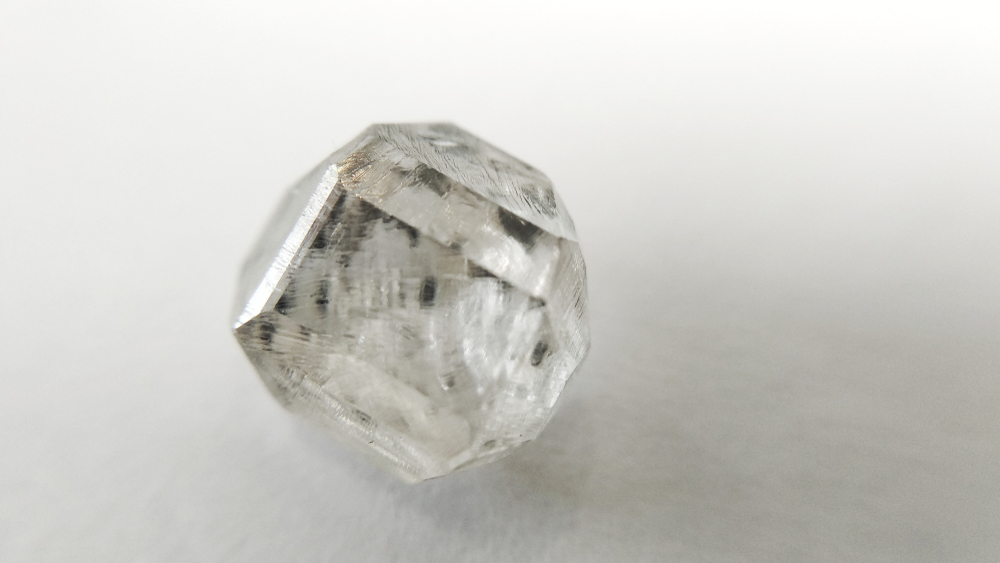
To understand the interest in creating artificial diamonds, first, it is important to realize that, chemically and visually, lab-grown diamonds are no different than those created by nature. The quality and dimensions of man-made diamonds have evolved since then, and are now at such a premium quality that it is nearly impossible to tell a natural-mined diamond apart from a lab-made one.
Within several decades, the studies done by scientists from USA, Russia, and China allowed for laboratory-made diamonds to surpass the natural diamonds in Carats (size), Color, and Clarity. After the discovery of diamonds as pure carbon in 1797, there were numerous attempts to turn different inexpensive forms of carbon into diamonds. This helped General Electric (GE) in being the first one to be able to make the first batch of diamonds in the laboratory.
This is commonly called the Diamond Seed, which is composed of pure carbon; it could either be a naturally occurring diamond, or an existing laboratory-created diamond. What makes a diamond unique from all other things made from carbon is the way carbon atoms are bound together. Diamonds are made from carbons that have been bound together at extremely high temperatures until they form crystals.
Within the growth chamber, the source of carbon is dissolved into the molten metal, and the carbon atoms are transported across the metal to the tiny artificial or natural diamond seed, producing the characteristically-shaped artificial diamond crystal. Natural diamonds take about several million years to form, and they are mined from inside the Earth, but laboratory-created diamonds are made in laboratories that maintain a similar environment. Lab-grown diamonds share the same optical, physical, and chemical properties as natural diamonds, yet are more affordable and ethically sourced.

Gem-quality lab-grown diamonds may be identical in chemicals, physically, and optically to those found in nature. Manufacturers also are able to produce lab-grown diamonds much faster, while not impairing the quality standards established for each diamond type. It is an efficient process, taking only weeks to create a new batch of lab-grown diamonds, though Daniel Swarovskis has encouraged rethinking the way they are evaluated for quality.
A separate venture to De Beers Jewellers — which works exclusively with natural diamonds — the group has been working to produce laboratory grown diamonds via its manufacturing arm, Element Six, which supplies the synthetics to Lightbox Jewelry. Scientists are able to shape the diamonds using a process called High-Pressure High Temperature (HPHT) that emulates the natural conditions needed for the creation of these precious stones.
